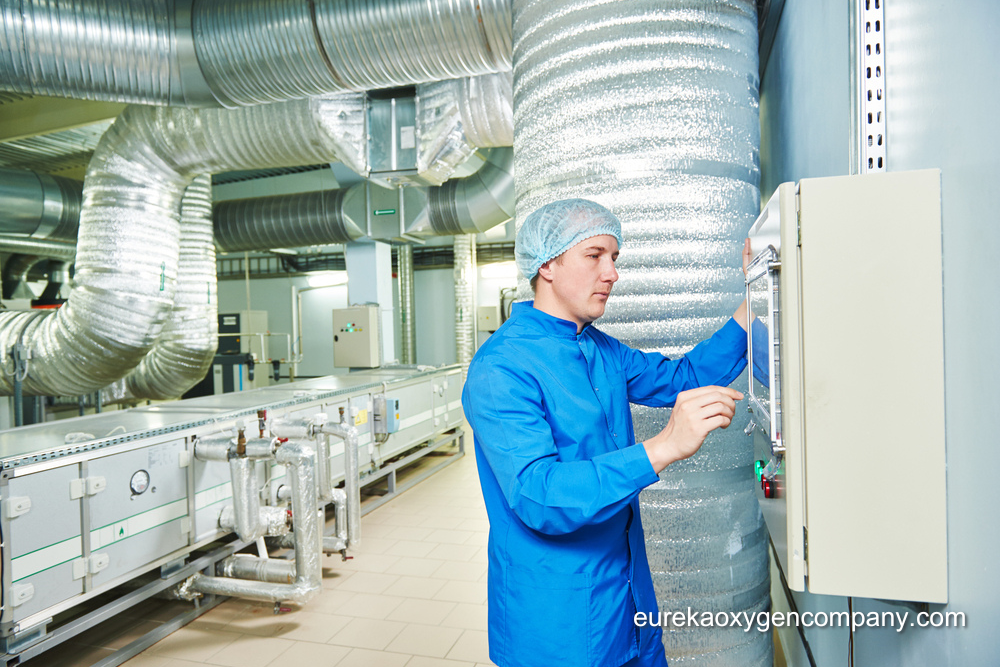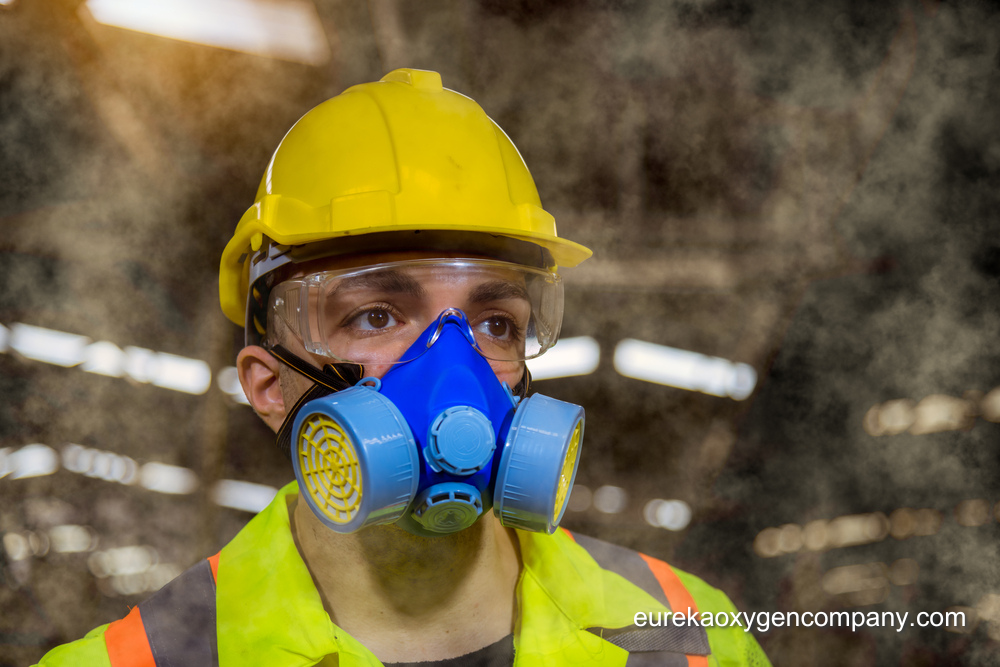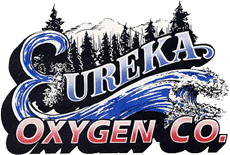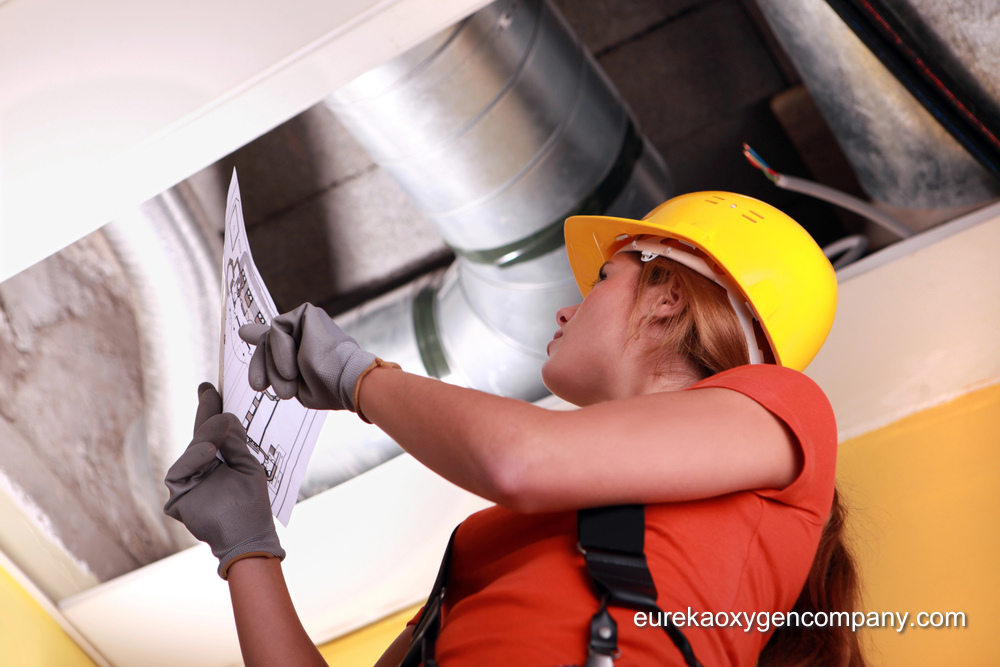Essential guidelines for effective ventilation systems
Industrial gases are indispensable in many sectors, from manufacturing and healthcare to research and construction. These gases serve critical purposes, including welding, cutting, and preserving food. However, their use comes with inherent risks, primarily related to health and safety.
Proper ventilation systems are one of the most effective ways to mitigate these risks. In this article, we explore the importance of ventilation when working with industrial gases and best practices for maintaining a safe working environment.
The Importance of Industrial Gas Ventilation
Proper airflow management is critical when working with industrial gases for several reasons, including:
- Health risks. Inhaling gases such as nitrogen or argon can displace oxygen in the air, leading to asphyxiation. Additionally, gases like carbon dioxide can cause respiratory problems or dizziness when inhaled in high concentrations.

- Regulatory requirements. Occupational safety and health regulations mandate proper ventilation systems in workplaces where industrial gases are used. These industrial ventilation standards aim to protect workers from exposure to hazardous substances and ensure a safe working environment.
Types of Safety Ventilation Systems
Two main industrial gas ventilation systems are commonly used to control and reduce exposure to industrial gases: local exhaust ventilation and general dilution ventilation. Let’s examine each fume extraction system in more detail.
- Local exhaust ventilation. This system captures contaminants at the source, such as fume hoods, extraction arms, or localized exhaust fans near the gas release point. It effectively removes gases and fumes before they disperse into the workplace air, thereby improving workplace air quality and ensuring a safer environment for employees.
- General dilution ventilation. This approach involves supplying and distributing fresh air throughout the entire workspace. It dilutes and reduces the concentration of gases and contaminants in the air, promoting a safer working environment and effective air quality control.
Additionally, integrating gas leak detection systems further enhances workplace safety by promptly identifying and addressing potential gas leaks before they pose risks to workers’ health and safety.
- Gas leak detection systems are essential for early identification and mitigation of gas leaks in the workplace. These systems can include detectors that monitor gas levels and alert personnel to potential leaks, ensuring proactive measures are taken to maintain a safe working environment.
Ventilation Best Practices
To ensure effective ventilation and maintain a safe workplace environment, consider implementing the following gas safety measures:
- Proper system design. Design ventilation systems to effectively capture and remove gases at the source of release. This may involve installing fume hoods or local exhaust systems near workstations where gases are used.

- Ventilation system maintenance. Conduct routine inspections and maintenance of ventilation systems to ensure they operate efficiently. This includes cleaning filters, checking airflow rates, and promptly repairing defects.
- Monitoring and testing. Regularly monitor workplace air quality and conduct testing to verify that ventilation systems function correctly and meet industrial ventilation standards for gas concentration levels.
Respiratory Protection Equipment
Respiratory protection equipment is essential for protecting workers against inhalation of dangerous gases and airborne contaminants in industrial environments. Depending on the specific gases used and their associated risks, appropriate respiratory protection should be provided and used according to regulatory guidelines.
Types Of Respiratory Protection Equipment
- Respirators: These devices filter out contaminants from the air before they are inhaled. They come in various types, including half-face masks, full-face masks, and powered air-purifying respirators (PAPRs), each offering different levels of protection.

- Disposable Masks: These masks protect against dust, particulates, and certain gases. They are convenient for short-term use and are often used in environments with relatively low exposure levels.
- Supplied Air Respirators (SARs): SARs deliver clean air from an external source, such as an air compressor or cylinder, to the user’s breathing zone. They are ideal for environments where oxygen levels are deficient or contaminants exceed permissible exposure limits.
Final Words
Proper ventilation is not just a regulatory requirement but a crucial aspect of ensuring workplace safety when working with industrial gases. By effectively controlling the concentration and dispersion of gases, ventilation systems protect workers from health risks associated with exposure to hazardous substances.
At Eureka Oxygen, you can find a wide range of welding supplies, including high-quality respiratory protection equipment, alongside other PPE and welding accessories. Check out our locations and delivery areas to find the nearest store close to you!

